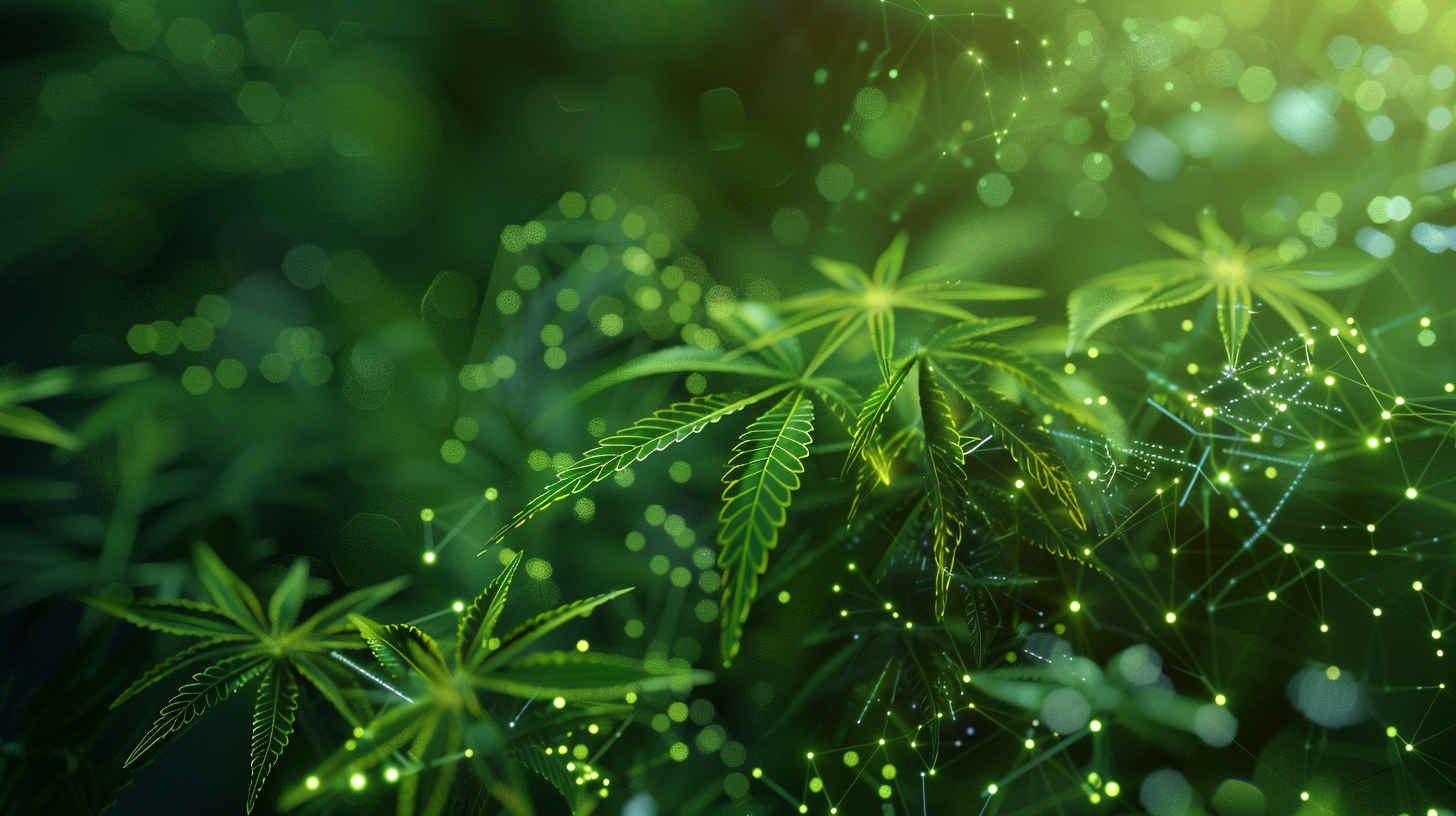1. The Genetic Mutant That Broke the Rules
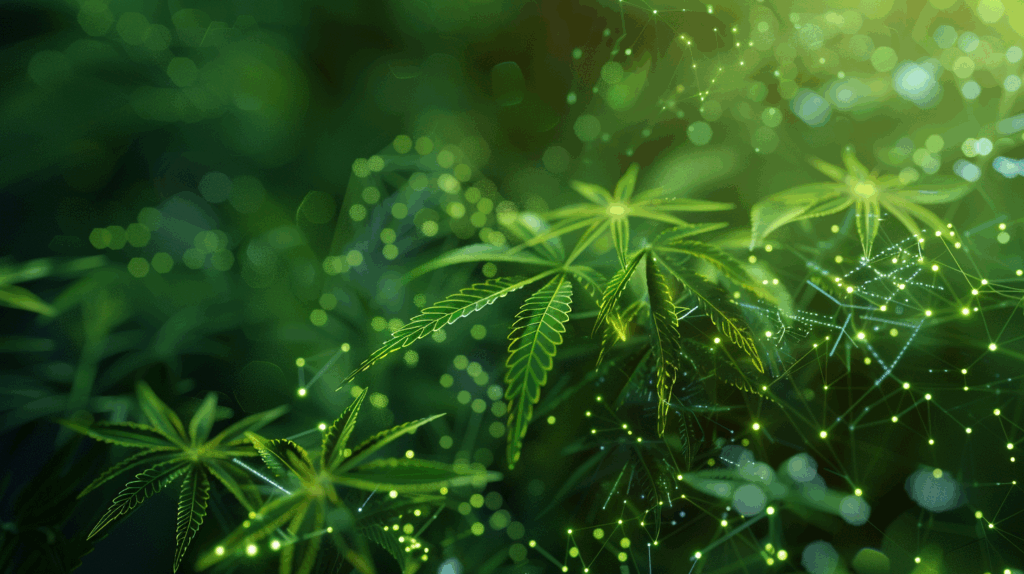
What if humankind actually inherited a second set of chromosomes and were biological superhumans? That’s approximately the premise behind triploid cannabis – a genetic rebel that has three complete sets of chromosomes instead of the usual two.
While normal diploid plants are content to have paired-up chromosomes like a blissfully married couple, triploids are the rebel polyamorous threesome of the cannabis world. This chromosomal ménage à trois occurs when breeding manipulations result in seeds with 30 chromosomes instead of the normal 20.
What makes this fascinating is that triploid cannabis seeds aren’t some modern laboratory Frankenstein creation – they occur naturally in many plants, from seedless watermelons to bananas.
Cannabis breeders simply hijacked this natural phenomenon and weaponised it for cultivation. The result? Plants that channel all their energy into growth and resin production rather than wasting resources on reproduction.
It’s like the plant’s equivalent of a monk dedicated entirely to perfecting their craft, free from the biological imperative to pass on genes. This chromosomal anomaly represents one of the most significant genetic advancements in cannabis cultivation since selective breeding began thousands of years ago.
Table 1: Comparative Performance – Crawford et al. (2021) Study
CBG-Dominant Hemp (‘Stem Cell CBG’) – Field and Indoor Trials
| Metric | Diploid (2x) | Triploid (3x) | Tetraploid (4x) | Difference |
| Field Trial | ||||
| Total Biomass per Plant | 2,097 g | 3,311 g | N/A | +57% (3x vs 2x) |
| Inflorescence Weight | 1,068 g | 1,312 g | N/A | +23% (3x vs 2x) |
| Indoor Trial | ||||
| Total Biomass per Plant | 57.7 g | 67.8 g | 58.0 g | +17% (3x vs 2x) |
| Inflorescence Weight | 24.3 g | 30.7 g | 23.1 g | +26% (3x vs 2x) |
| Total CBG Concentration | 7.78% | 9.15% | 11.23% | +18% (3x vs 2x) |
| Total THC Concentration | 141% | 138% | 137% | No significant change |
| Total Cannabinoid Concentration | 8.66% | 10.18% | 12.38% | +18% (3x vs 2x) |
| Cannabinoid Yield per Plant | 2.01 g | 3.11 g | 2.93 g | +55% (3x vs 2x) |
Source: Crawford et al., Genes 2021
2. The Seedless Wonder (That Saves Your Grow)
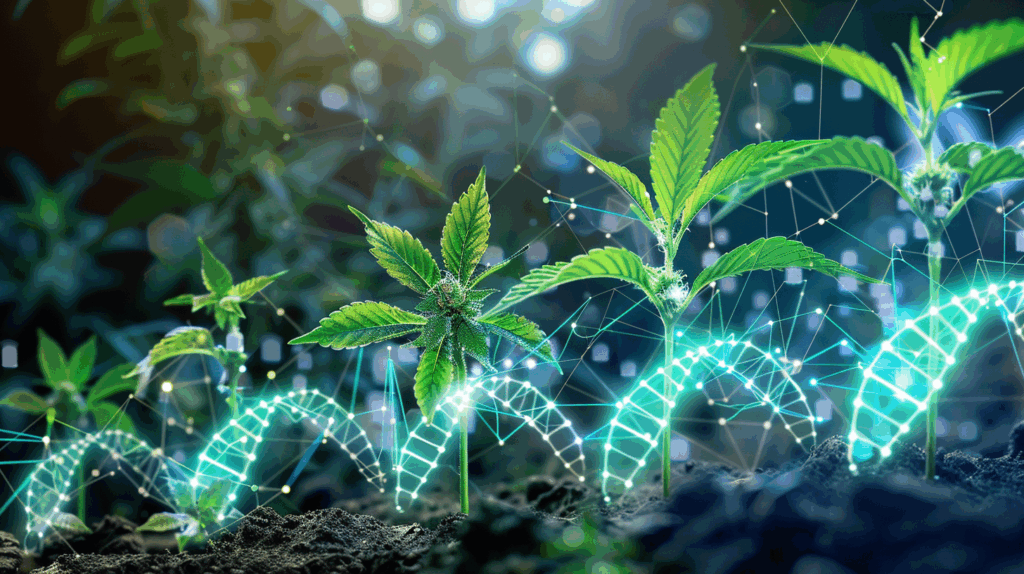
Here’s why “grower’s paradise” is the term that suits triploid cannabis so aptly: the plants are sterile themselves and produce very few or no workable seeds when fertilised. Forgive the vision of spending months tending your crop only to discover hidden seeds that lower the quality and weight – any grower’s nemesis. Triploids take this concern away almost entirely.
Their irregular number of chromosomes creates a genetic jam when these plants breed. When cells are trying to divide so that seeds may be made, they cannot divide the three sets of chromosomes evenly and become chaotic when reproducing. It is like dividing 30 items evenly among partners who need equal amounts – the equation doesn’t work.
This sterility is revolutionary for commercial operations. Even if a rogue male plant sneaks into a facility or hermaphroditism occurs, triploid females remain virtually unseeded—no more labour-intensive seed removal, no density lost to seed production, and consistent product quality.
For outdoor growers, this means protection from stray pollen from hemp fields or neighbours’ plants. The plant’s energy that would’ve gone into creating seeds gets redirected into producing the cannabinoid-rich flowers consumers actually want. It’s biological efficiency taken to its logical extreme.
3. The Vigor That Defies Expectations
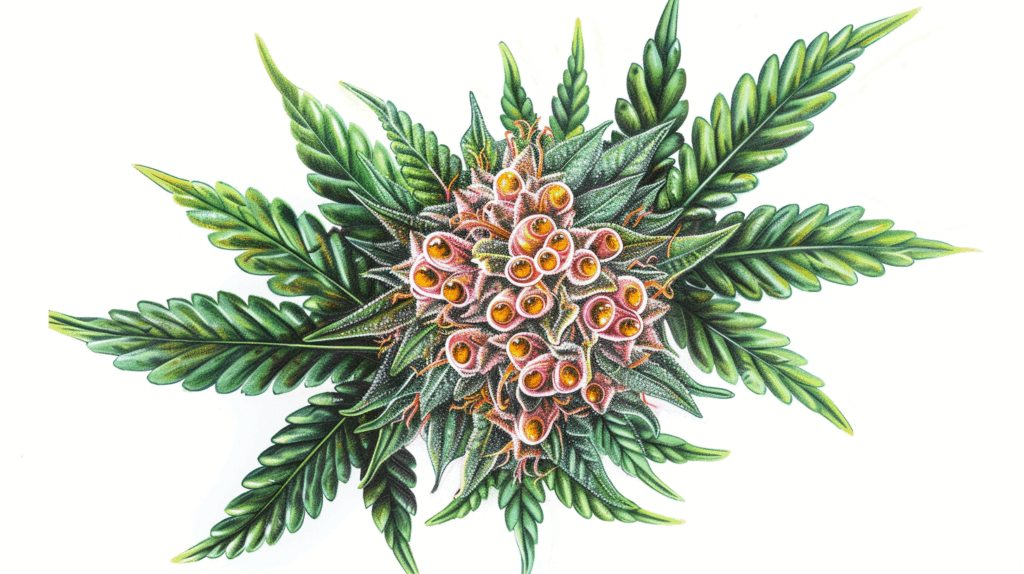
Triploid cannabis manifests so-called “hybrid vigor” on steroids – literally growing faster, larger, and stronger than their diploid cousins. We’re talking about plants that will yield 20-30% more biomass, featuring more complex stems, larger leaves, and stronger branching. It’s like these plants gave themselves a genetic energy drink.
This increased energy comes from a process known as “genomic dosage effects.” With the additional chromosome set, triploids have access to additional genetic instructions for cell processes and can produce more enzymes, proteins, and metabolic machinery. It’s akin to having three instruction books instead of two – you have backup and greater flexibility in fixing things.
Early research also suggests that the triploids possess enhanced resilience to environmental stresses. There are reports by growers of elevated heat tolerance, disease resistance, and improved nutrient uptake effectiveness.
Anecdotal before the science, but the logic is sound: greater genetic diversity typically means greater adaptation options. For commercial growers with slim margins, a 15% increase in yield while maintaining potency can shift profitability. The vigour advantage alone makes the triploids potentially the most exciting cannabis genetics breakthrough since the feminised seed revolution.
4. The Breeding Dead-End (That’s Actually Genius)
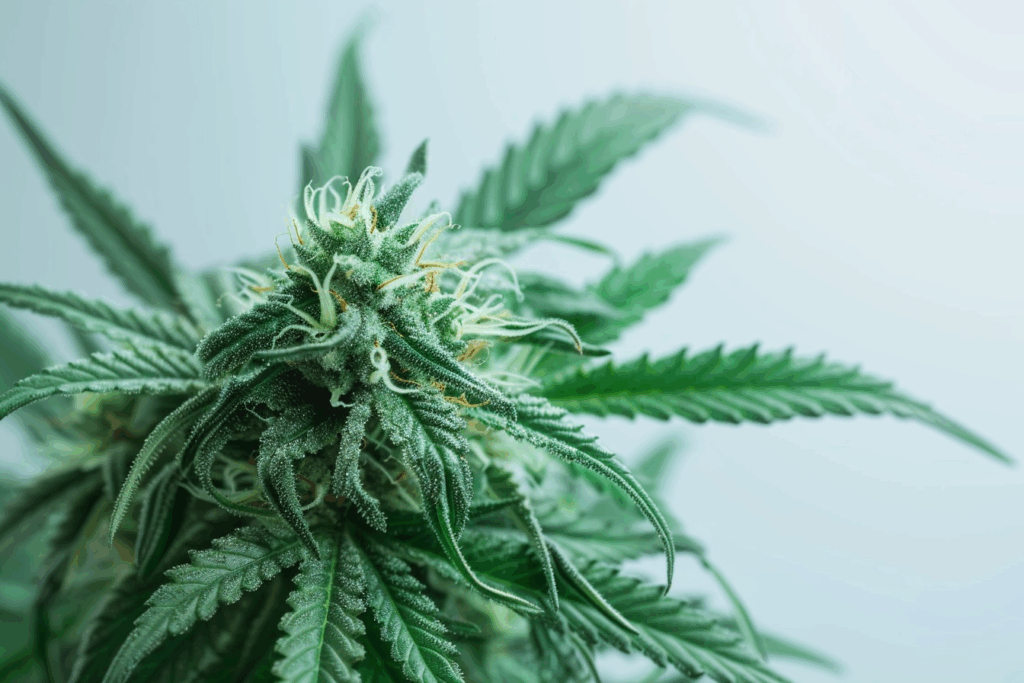
The tasty irony is this: the genetic terminator is the triploid seed, but this “dead end” is why it’s so valuable. Because you cannot reliably reproduce a triploid, they have the breeder’s ultimate intellectual property protection. You cannot clone a seed, and you cannot breed from sterile plants – it’s a natural patent system.
This has enormous consequences for the genetic arms race of the cannabis industry. Years are spent by breeders crafting distinct cultivars, only to see their genetics proliferate unchecked through cloning and seed making. Triploids shut that door.
Want that particular phenotype? You’re going to have to purchase the original breeder’s seeds every cycle. It’s contentious – some perceive it as safeguarding innovation, while others see it as monopolistic control of the genetics of plants.
The technology also avoids genetic pollution where cannabis naturally occurs or where hemp farming threatens cannabis drug fields. The triploid plants are actually unable to add their genes to the gene pool, ensuring genetic isolation.
From a commercial standpoint, this establishes repeat revenue streams like software subscriptions. From a genetic perspective, it creates seed sovereignty and crop biodiversity issues that the cannabis world argues vehemently.
5. The Wild Card of Terpenes and Cannabinoids
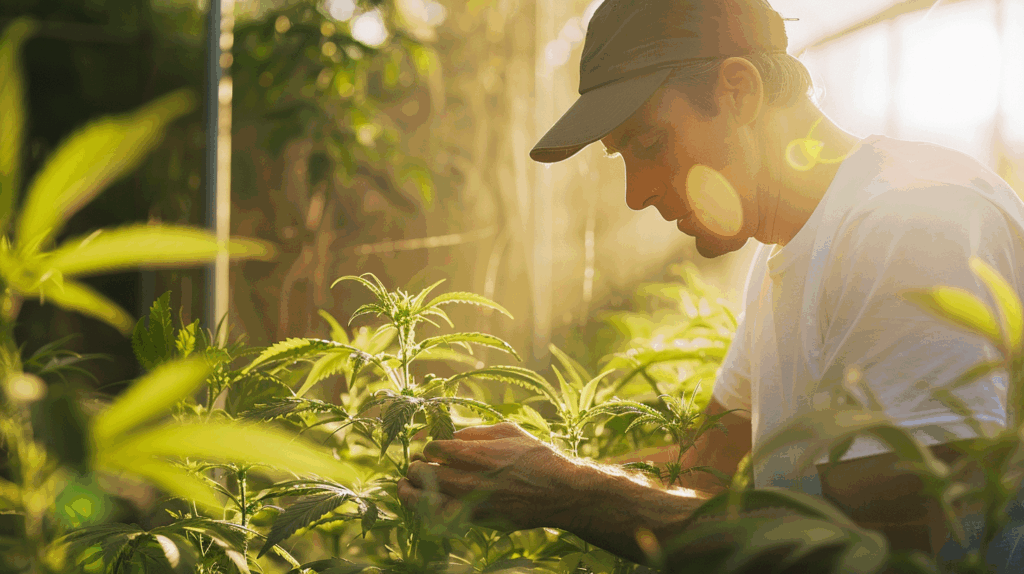
Perhaps the most interesting aspect of the triploid cannabis is the one that no one really understands yet: the effects of that third set of chromosomes upon the chemical profile.
Old grower’s tales talk of altered terpene expressions, potentially greater levels of cannabinoids, and unique effect profiles – but concrete scientific proof is lacking.
The theory is persuasive: more genetic material might lead to additional biosynthetic pathways that produce secondary metabolites such as THC, CBD, and the numerous terpenes that define cannabis’s character.
Some growers observe triploids expressing terpenes not found in their diploid counterparts or displaying unusual ratios of compounds. It’s as if the plant’s chemical factory has expanded, potentially generating new combinations.
But we’re still in the early stages. Just as hybrid corn transformed farming in the 1930s but took decades to perfect, triploid cannabis requires extensive phenotyping, chemical analysis, and cultivation trials to reach its full potential.
The possibility that such genetic anomalies could produce entirely new chemovars – or possibly express novel cannabinoids like THCV or CBG in larger amounts – has breeders and scientists fascinated.
We might be witnessing the beginning of a chemical revolution that could change how we grow cannabis. Or it might simply be very clever marketing. Time and science will uncover the truth.

